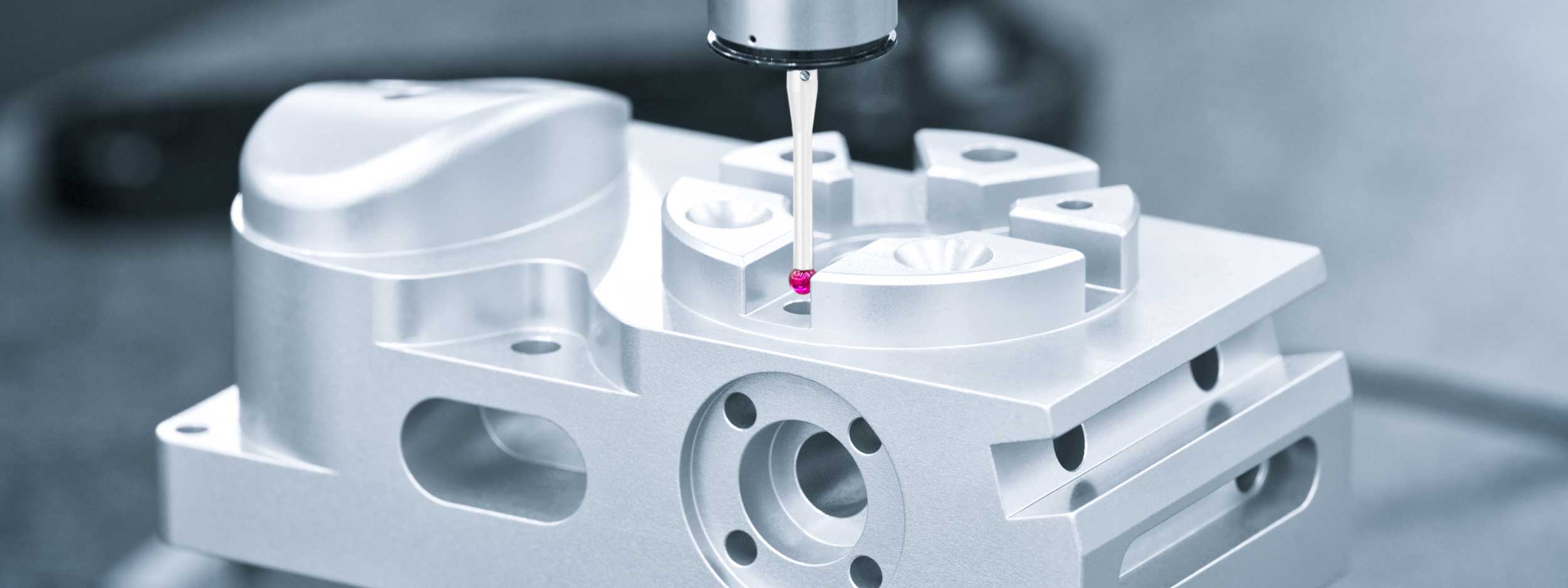competence in high-performance ceramics
Our depth of production in manufacturing is validated and extremely high.
It begins with selection of the raw material in the form of granulate, and continues through shaping, sintering and surface design using diamond tools to assembly.
Shaping of ceramics
It comes before sintering. We use the following processes to this end:
Ceramic injection moulding
This is one of our core competences.
We produce ceramic components in two variants:
Low-pressure injection moulding
This has the advantage that extraordinarily complex geometries can be realised with low Mould costs.
High-pressure injection moulding
This is predominantly used for specific special materials.
Dry pressing
Here too, we use two processes
Mechanical dry pressing
Pressing using hydraulic presses
The dry pressing process is the process of choice for very high quantities with simple component geometries because it is quick and saves on costs.
CIP process / cold isostatic pressing
180 MPa of pressure is applied isostatically on the elastic mould from all directions.
The process is particularly suitable for larger components of the highest quality and for pre-series production in small volumes without needing to invest in an expensive series tool. The process is also very quick
Design and production are done completely in-house at our premises, meaning that delivery times and usability can be designed precisely to meet customers’ needs.
Thermal treatment
Variable thermal processes are our standard.
Our systems for this are energy-efficient, environmentally friendly and reliable.
Debinding
Ceramic powder is as unsuitable for pressing into shape as flour, for example. That’s why an organic binding agent is added. The binding agent must be thermally removed from the ceramic blank before the actual sintering firing. This is done in a controlled debinding furnace, whereby the organic components are completely thermally decomposed down. A catalytic secondary treatment ensures that the exhaust air which is released into the atmosphere is free from pollutants.
Sintering firing
The still porous component is fired to produce a non-porous and dense component which has the final material properties. A multitude of kilns and variable processes guarantee that we achieve an optimal result.
Cleaning firing
There is still some processing after sintering. Potential residues of testing material for crack detection, cooling lubricants, abrasion from measuring instruments or even just fingerprints affect the later performance. Depending on the customer's requirements, conventional cleaning is not sufficient. Some customers in medical technology and high-performance electronics receive an absolutely clean product which is achieved through a careful cleaning firing.
Green machining
Green machining is cutting of the ceramic blanks in an unfired (green) state. The material is only leather-hard and can therefore be rapidly processed by our CNC machines. This also allows for the production of geometries which cannot be achieved with normal pressing technology. Particularly in combination with the CIP process, prototypes and pre-series can thus be promptly produced in small quantities.
High-firing
A specified firing for textile components. The surface of thread guides is modified to a specific micro structure using thermal processes in order to generate a so-called low friction surface with a very low-friction orange peel profile.
Other processes
Other thermal processes such as glaze firing and metallisation firing are also available upon request.
Hard machining
After the sintering firing, ceramics can only be processed using even harder diamond tools.
Ceramany has a very broad precision grinding workshop with diverse processes.
We offer you:
Surface grinding, double-disk grinding, polish lapping,
multi-axis CNC jig grinding, centreless grinding,
superfinishing, honing,
various other polishing processes
Assembly
We also offer you fully assembled components with ceramics inside.
Complete solutions in one place reduce complexity in the supply chain for you.
Quality assurance
Regular employee training ensures our exceptional quality standard. We document every production step with the help of high-quality measuring instruments and test equipment.
We use exclusively quality raw materials in production.
